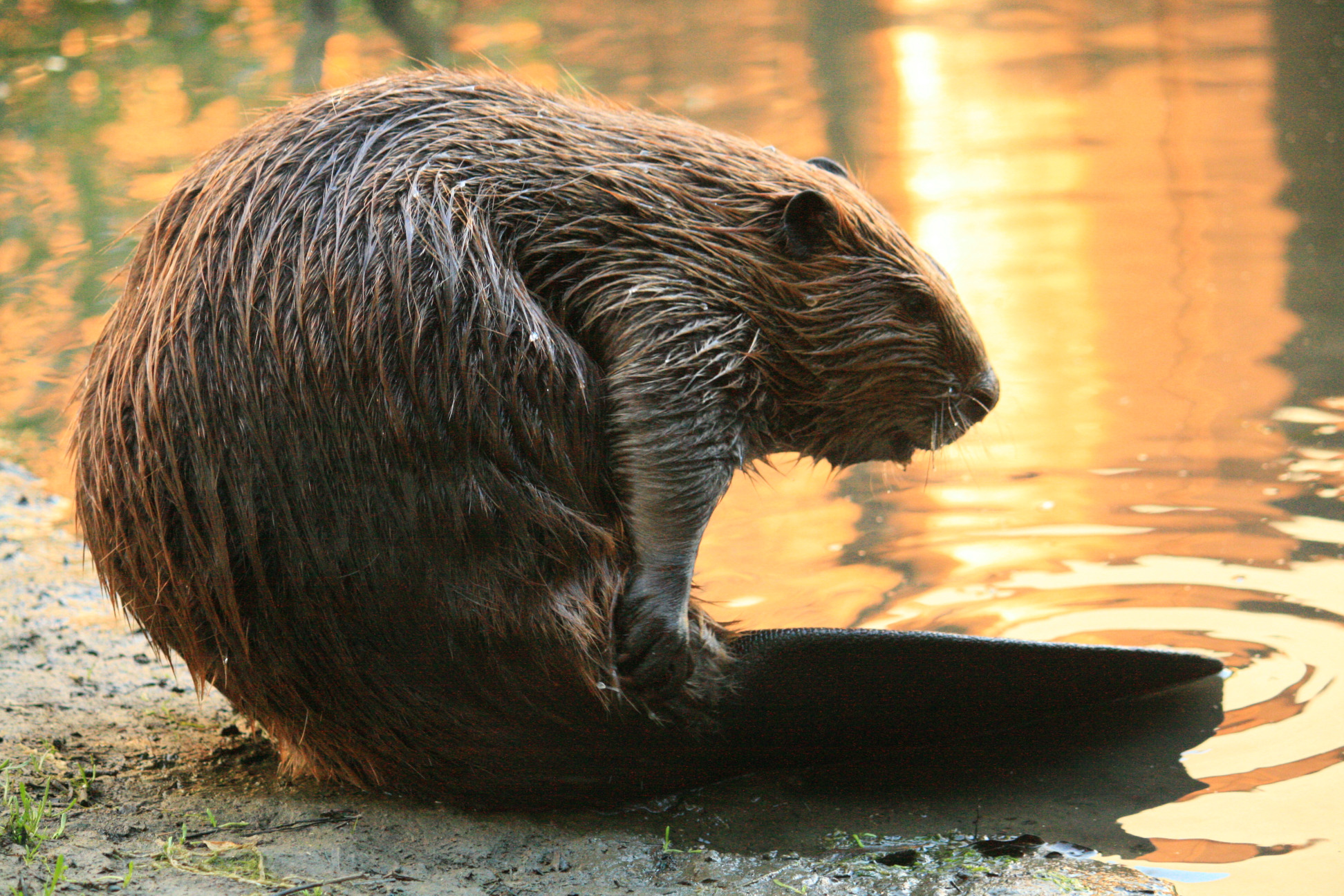Here I am, driving on a backwater gravel road in the heart of a beaver-complaint job. The duck hunters have plugged a culvert to flood the field above it and attract ducks. The beavers find this man-made impoundment to be much to their liking. They are crossing over from the creek into that pond. I need a foothold trap and a slide wire, and an anchor that I can improvise on the spot.
I got turned on to feed sacks a long time ago by Charles Dobbins. I remember him stopping along the roadside to pick up a feed sack that was blowing away. “That’s worth a quarter,” he said. There were various sources for those sacks, some elevators and grain companies sold the used sacks, for about a quarter. Sometimes they were free. We had an acquaintance who lived right next to a feed mill. He gathered up all of their used sacks and gifted Charles and I several bundles each.
There are any number of things you can put in a feed sack to make an anchor. Even plain old dirt if necessary. But right here along this gravel road is, well, gravel. I’ll shovel a bunch into the sack until I figure it weighs about 40 pounds. That’s plenty to hold down a beaver. Other items could include small rocks, or even a single big rock. Rocks are tough to wire up because of their varying shapes. But I can put that rock in a feed sack just as well as anything else.

There is one caution. Critters tend to rip up the sacks if I use large rocks. If the sack gets torn, I replace it. And the most expedient way is to drop the rock and the torn sack right down into a new sack. I’ve been as far as four sacks deep, one inside the other, at an active set.
My fastening system has evolved over the years. I used to tie the sacks shut with 11-gauge wire, then I switched to 14 gauge to tie the sack. The 14-gauge wire is much easier to manipulate. I twist the neck of the sack shut, spear the wire through the mesh, so it doesn’t slip, then fasten it around the twisted sack. Then I take that twisted neck, bring it down, and wire that tightly against the initial wrap. When I fasten on the slide, I make sure that I feed it under at least two strands of that 14-gauge wire.
I had another big use for those bags when otters were good money. It’s best to keep an otter damp, if not downright wet. I put my otters in a feed sack to keep them from drying out. It would also shield a $150 otter from prying eyes.
Meanwhile back at my set, I’m tossing that gravel-filled sack into the middle of the ditch. For a trap, I’m using a No. 4 Herters double coil. That’s obviously an obscure trap, but I picked them up for a song 30 years ago, $43 a dozen. They have a 6.25-inch jaw spread, and I used them where I thought theft might be a problem. Like right here next to the road.
I whacked a number of beavers, and theft was not a problem. But the county was. They came along and cleaned the ditch next to the culvert — along with my trap! Believe it or not, in that pile of mud I was able to locate my slide cable, and get my trap back.
Most of the time it is easiest to abandon the feed sack at the set, especially if the sack is torn. There are some hot sets where I can find remnants of those old feed sacks. Those sacks weren’t exactly environmentally friendly, but if they sat in the sun, ultraviolet rays would eventually disintegrate them. Sometimes I could scoop up the contents of that old sack and make a new one ready to go.
Last season, I was running a few bobcat traps along my beaver line. I had a duck wing I wanted to flag at a bobcat set, but I didn’t have any string with which to suspend it. But I had a feed sack tucked away in my kit. I unraveled a strand of the webbing and used that to suspend the duck wing nearby my set. That was one more use for the feed sack.
Feed sacks are as handy as the turn-button on an outhouse door. I’ll never be without one.
Read More:
Fur Market Report April-May 2025
